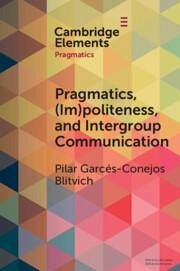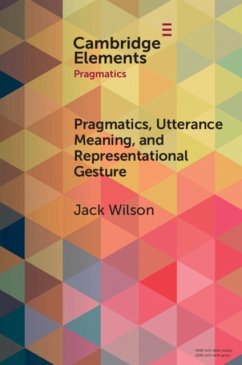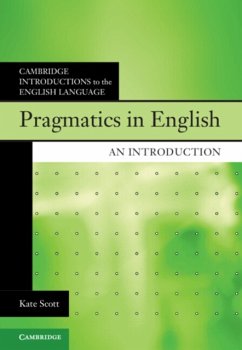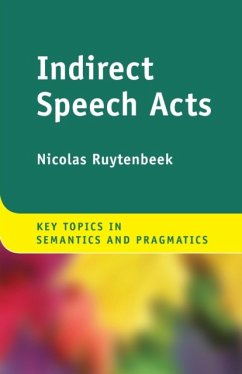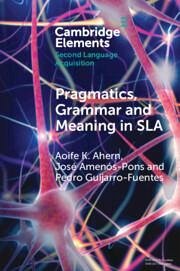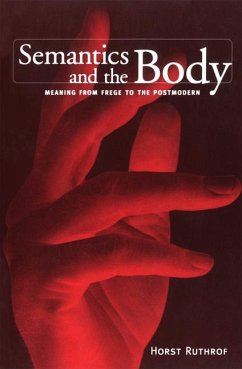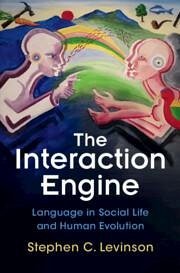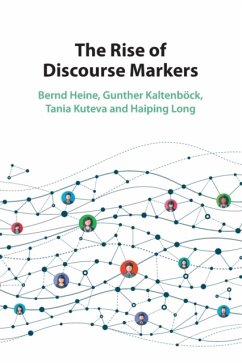
Semantics, Pragmatics, Philosophy
Versandkostenfrei!
Versandfertig in über 4 Wochen
117,99 €
inkl. MwSt.
Weitere Ausgaben:

PAYBACK Punkte
59 °P sammeln!
Introducing the fields of semantics, pragmatics, and philosophy in one volume, this is a pioneering guide to how to think about meaning like a linguist and philosopher. It covers key theories and approaches, while also enabling the reader to ask increasingly more sophisticated questions about the interconnected aspects of meaning.






